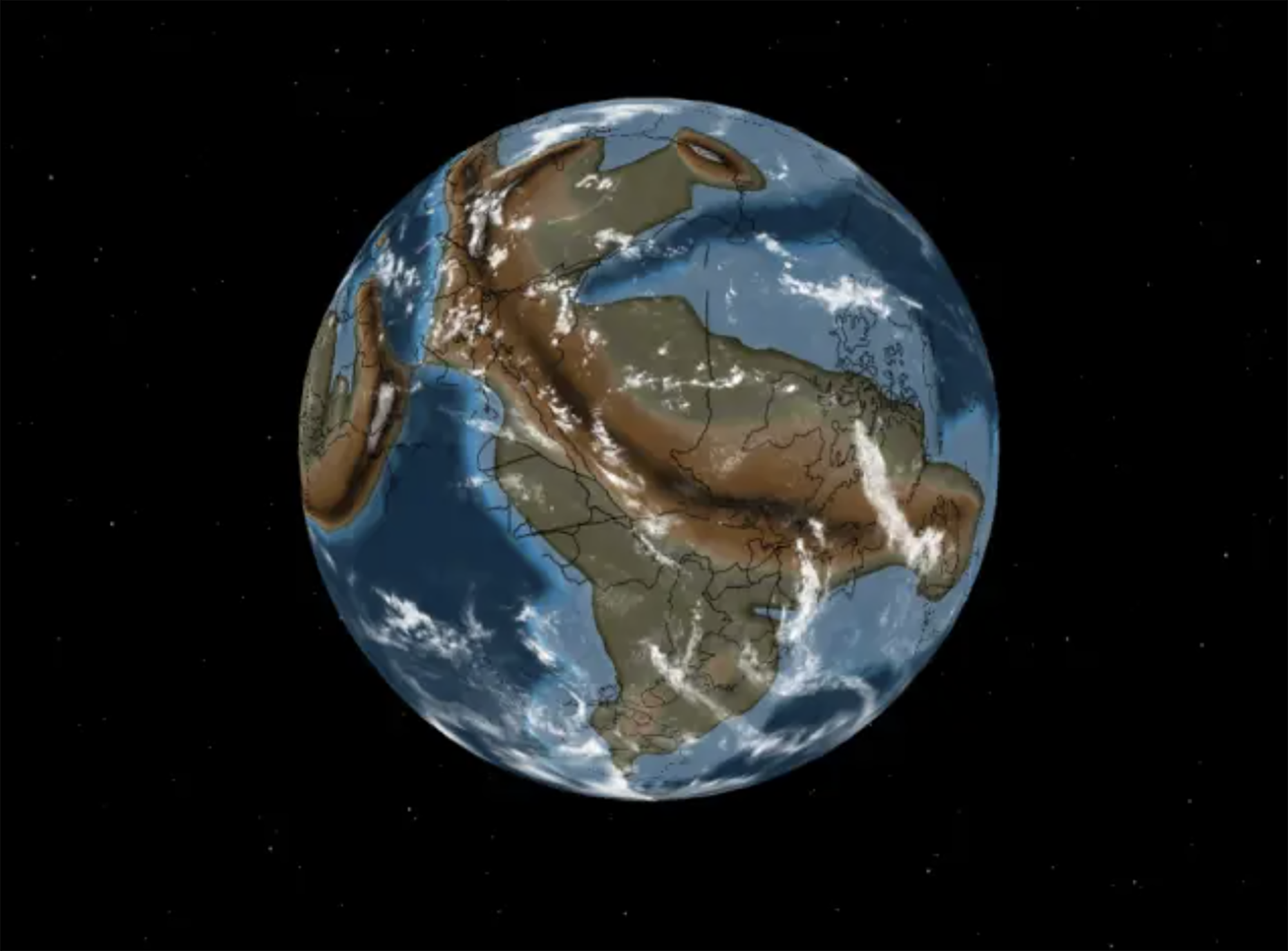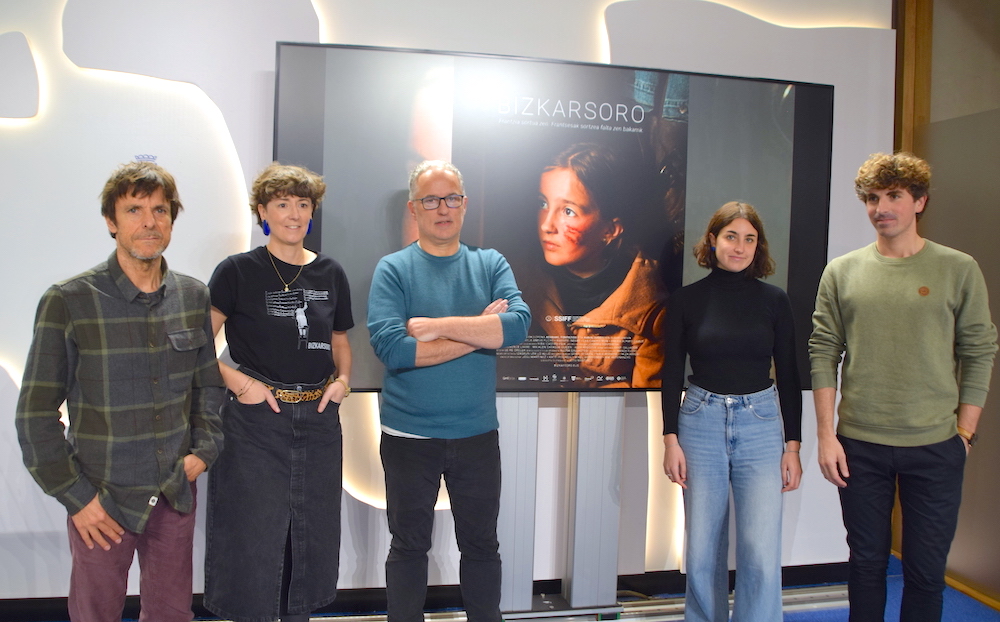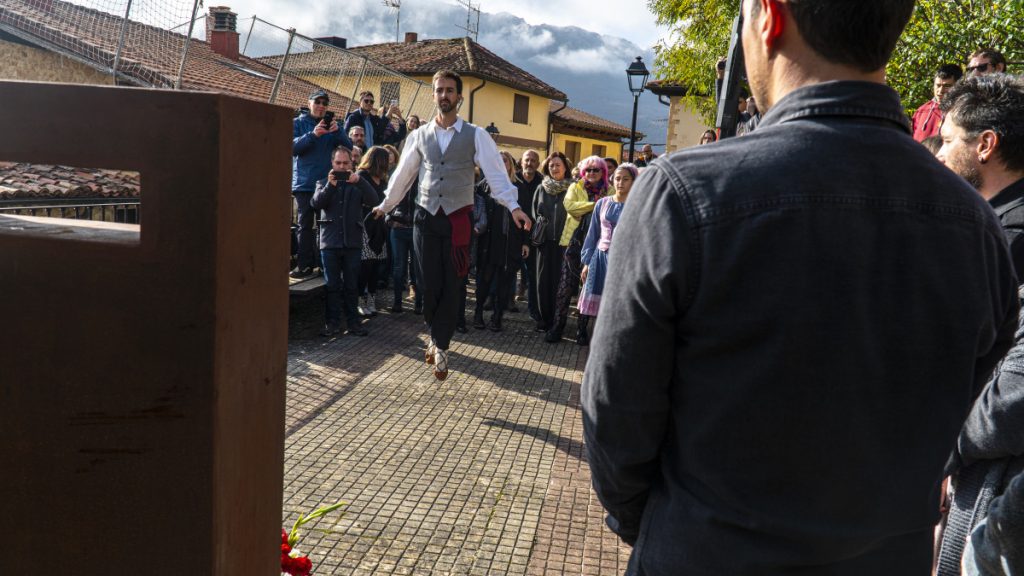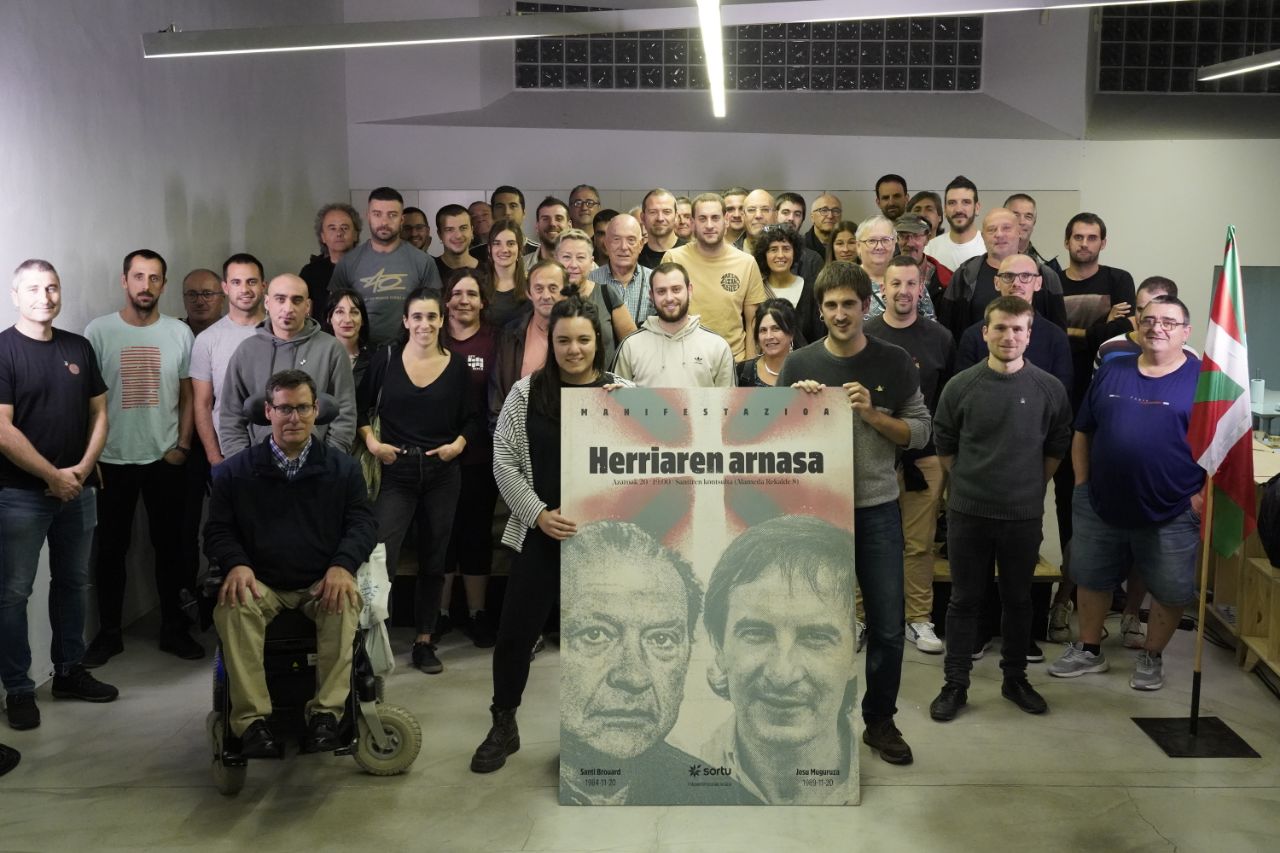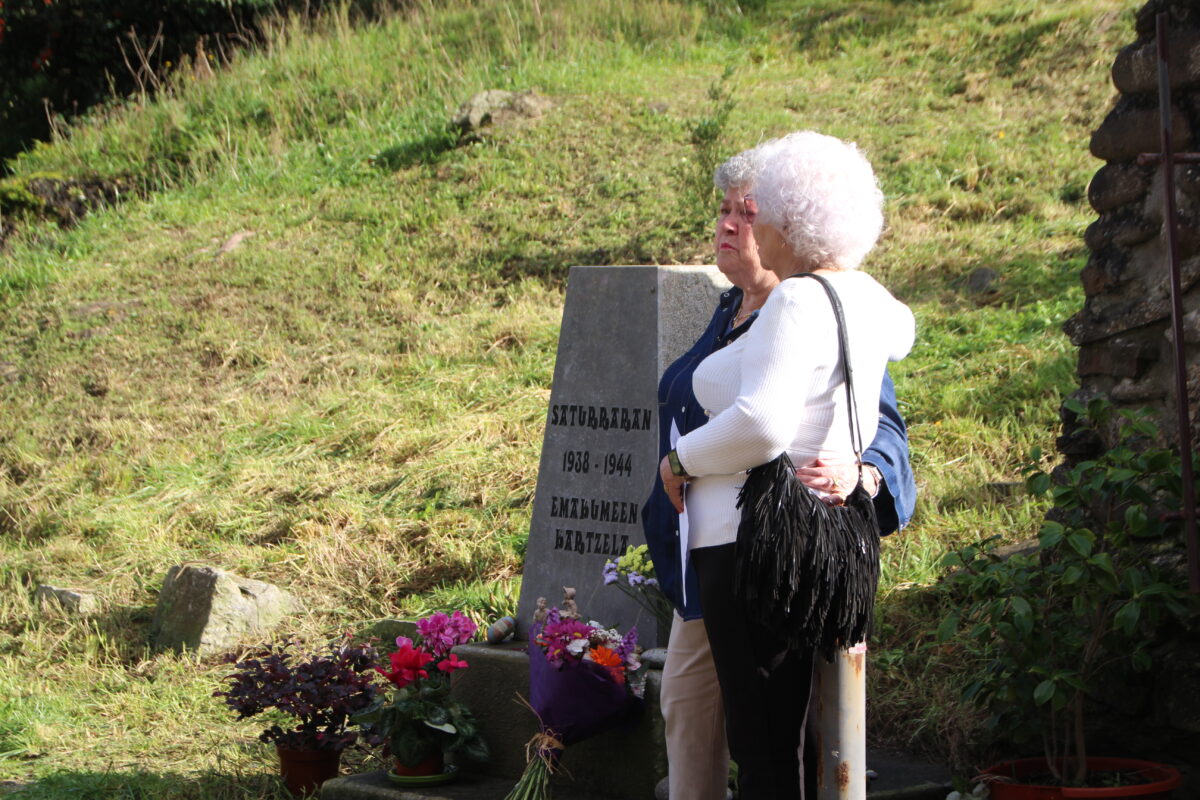In Bilbao a century ago the manual was printed in Basque "to prevent the plague epidemic"
- The second wave of the 1918 Spanish flu hit the city hard and the Provincial Council of Bizkaia printed the manual with twenty basic cleaning measures that the citizens should adopt. Some of them are well known during these weeks.

Bilbao, October 1918. The so-called Spanish flu has hit the city hard. It was the second flood of the deadly flu of 1918. In the first flood, in May of that year, the disease was I. It spread across the fronts of the World War in the north and affected mainly southern Andalusia and Madrid. In the Basque Country, he hardly suffered, probably caused several infections and deaths, but, to a lesser extent, cases of the common flu were considered.
The first infections and officers killed came with a second flood. But in Euskal Herria there is no exact number of the pandemic. It is estimated that between 50 and 60 per cent of the population was infected, and according to estimates made by Anton Erkoreka in The influenza pandemic in the Basque Country (1918-1919), the death toll rose to 15,399 (the population of Euskal Herria did not reach 1,300,000).
The virus entered Ipar Euskal Herria; according to Erkoreka estimates, the Spanish flu left 2,129 deaths in Lapurdi, Baja Navarra and Zuberoa. At the beginning of September it crossed the border with force. In Irun alone, that month, 91 deaths were recorded. In Bizkaia, the disease worsened in October and caused some 5,000 deaths, according to the Basque Department of Health. Cases were also recorded in Bilbao in September, but October was the blackest month: During those 31 days, the new flu killed 675 people in the city in an episode of seasonal flu. The deaths in November were 320, while in December they were 195.
In 1919 the Spanish flu had a new outbreak, but not in Bilbao or throughout the Basque Country, it had hardly any consequences, except for the cases registered in the Urdaibai area. And maybe that little influence was influenced by the advice of the doctors of Bilbao last fall. The printing press of the Provincial Council of Bizkaia published and distributed leaflets in Basque and Spanish with the title Egin-bearrak, which the Association of Merchants of Bilbao’ is mandated to prevent the influenza epidemic. These leaflets included 20 measures. Some of them are well known in these weeks: “Washing your hands many times”, “rooms or places to sleep, lean out little by little”, “do no, and if done in handkerchief” and “help the authorities in health ceremonies quickly and insightfully, it is for the news the most beautiful and exhilarating truth.”
In addition to pandemics, the booklet contains other recommendations that are useful at any time: “Living without donkeys” and “sleeping at least nine hours a day”
But the booklet also contained curious measures: “It’s a bad habit to make strangled sneezes. If the gexo has exploded, it is for the friends who are with him.” Like silent sneezing won't infect you. The doctors recommended to disinfect the interior of the house every two days, which meant a great expense for the tranquility, “not much money to spend”, and proposed a cheap and simple cleaning method using the products that were in all the houses.
They also called not to fall or exaggerate in the victimization: “The presence of gexos has always been merciful and the same gexos, and their guts, sow a more turbulent bath than the gatxari.” That is why they recommend “not to be afraid, in the barrels, without saying that the least is much”. The goal was that the health service should not collapse with mild cases. In addition to pandemics, the booklet contains other recommendations that are useful at any time: “Living without donkeys” and “sleeping at least nine hours a day”.
And so, complying with all those measures rigorously, “we’re going to lose the gexa flu, the plagues of humanity, we’re going to do them.”
Autobiography writing is, they say, the most effective tool for personal development, the most liberating. Pulling things away from the past and remembering them, it seems that it helps unleash the knots of the present. Yes, it helps to understand the present and to draw a... [+]
Ethiopia, 24 November 1974. Lucy's skeleton was found in Hadar, one of the oldest traces of human ancestors. The Australian hominid of Australopithecus afarensis is between 3.2 and 3.5 million years old.
So they considered it the ancestor of species, the mother of all of us. In... [+]
A group of archaeologists from the University of Berkeley, California, USA. That is, men didn't launch the lances to hunt mammoths and other great mammals. That was the most widespread hypothesis so far, the technique we've seen in movies, video games ...
But the study, published... [+]
Zamora, late 10th century. On the banks of the Douro River and outside the city walls the church of Santiago de los Caballeros was built. The inside capitals of the church depict varied scenes with sexual content: an orgy, a naked woman holding the penis of a man… in the... [+]











